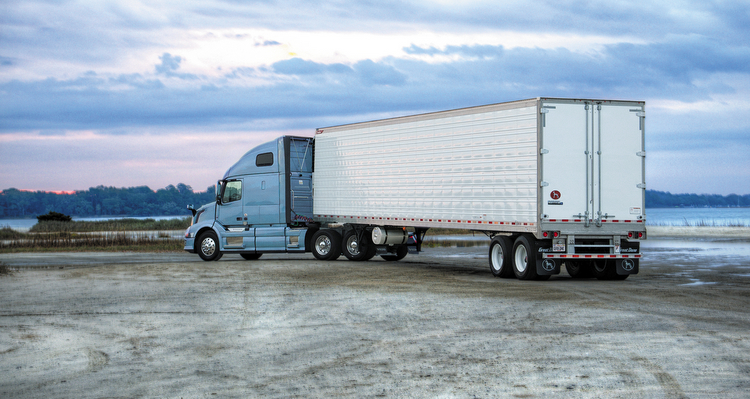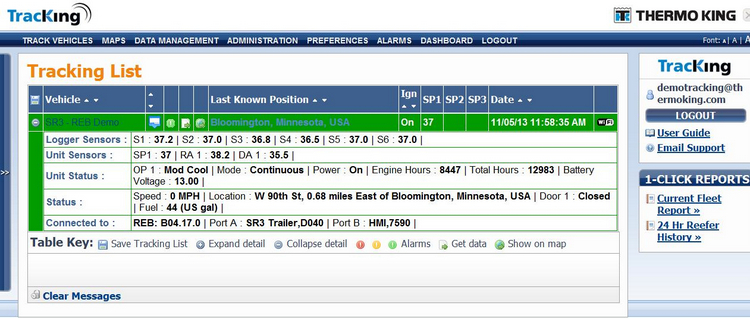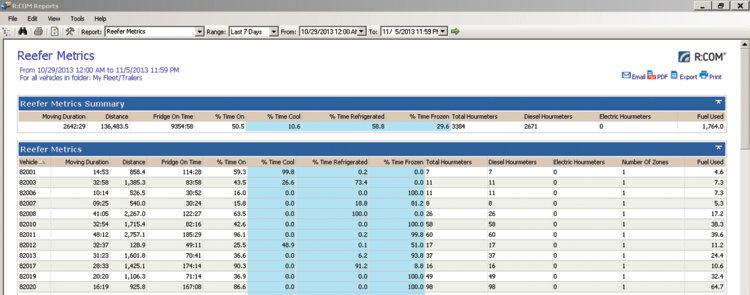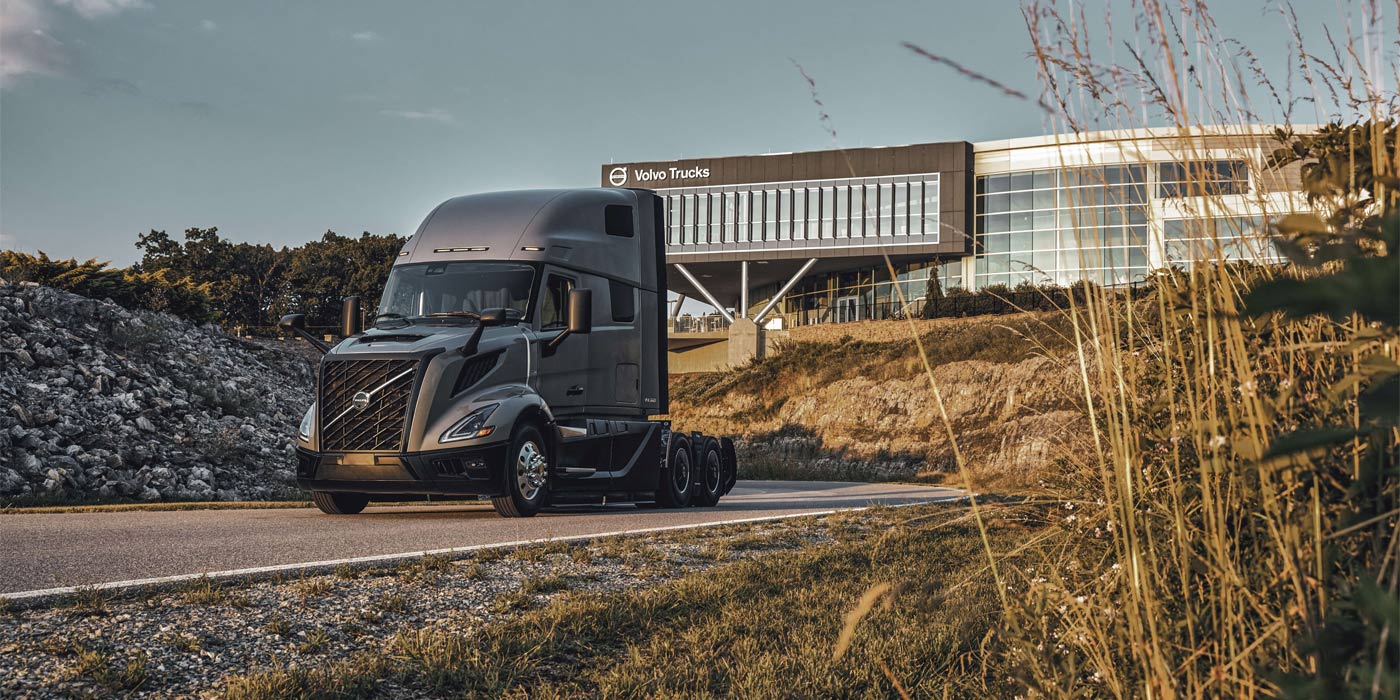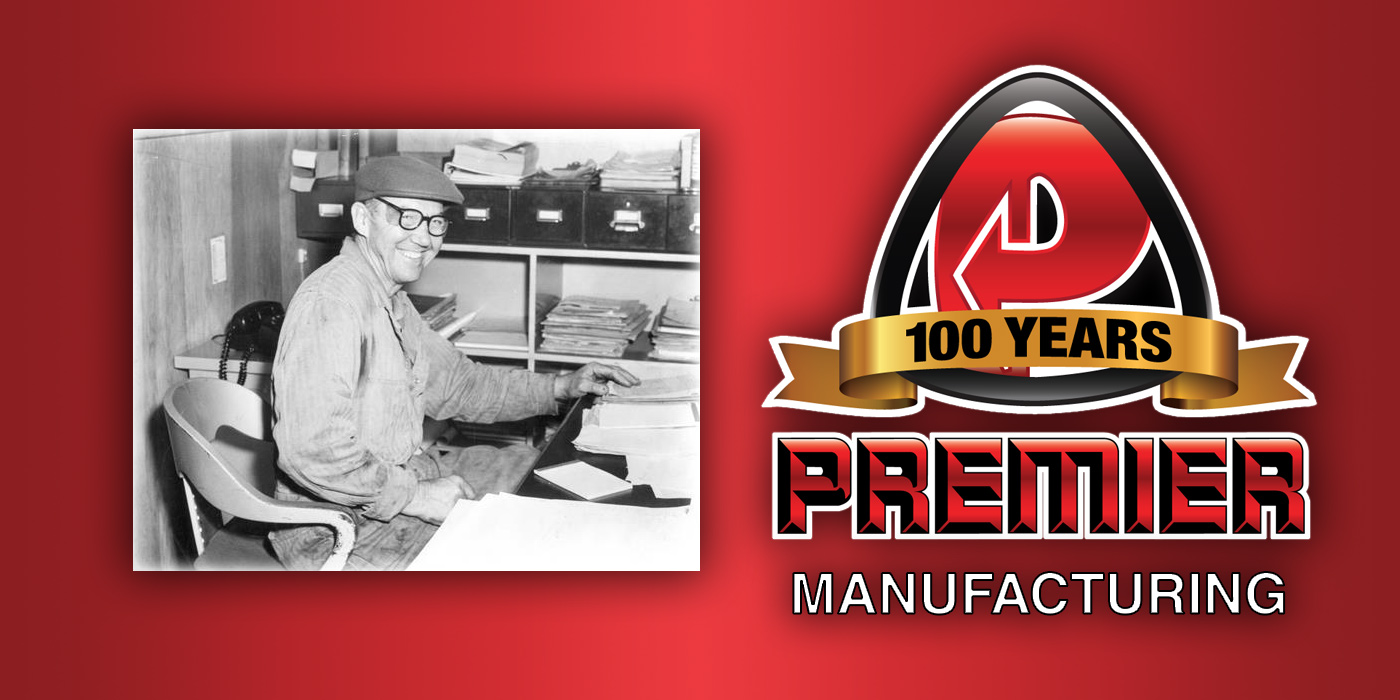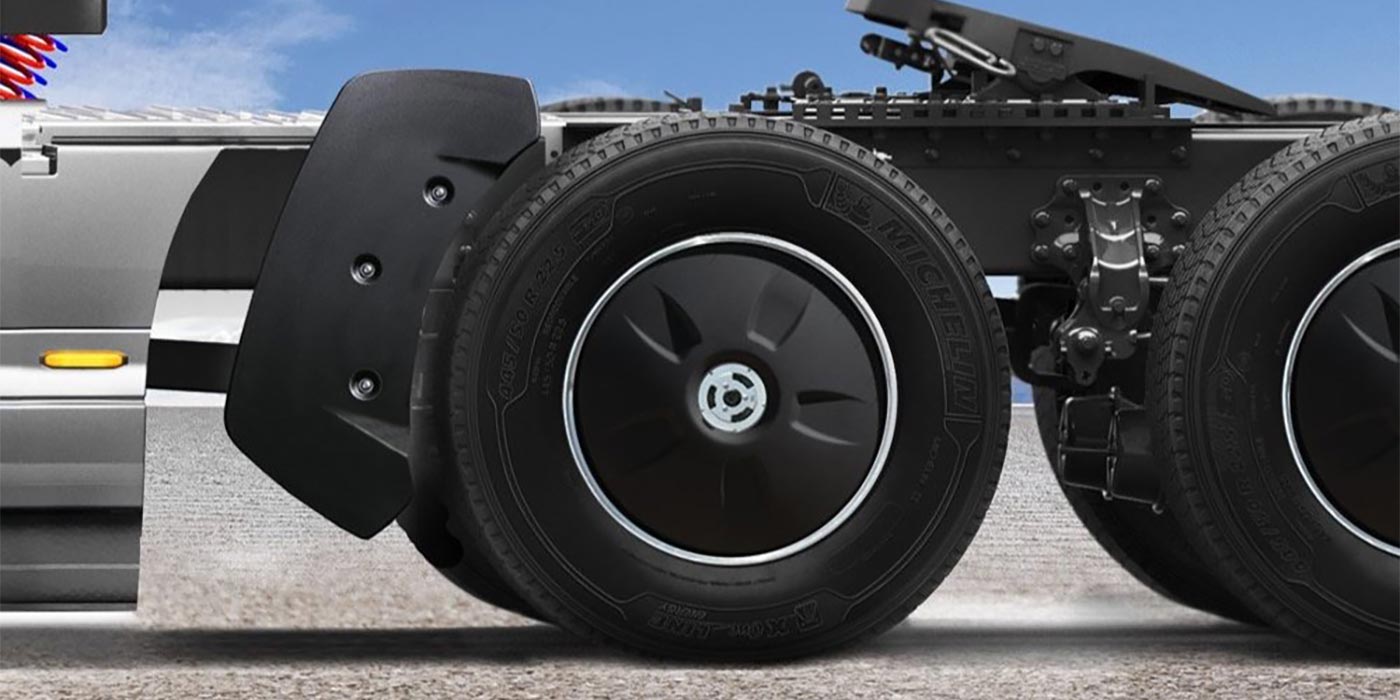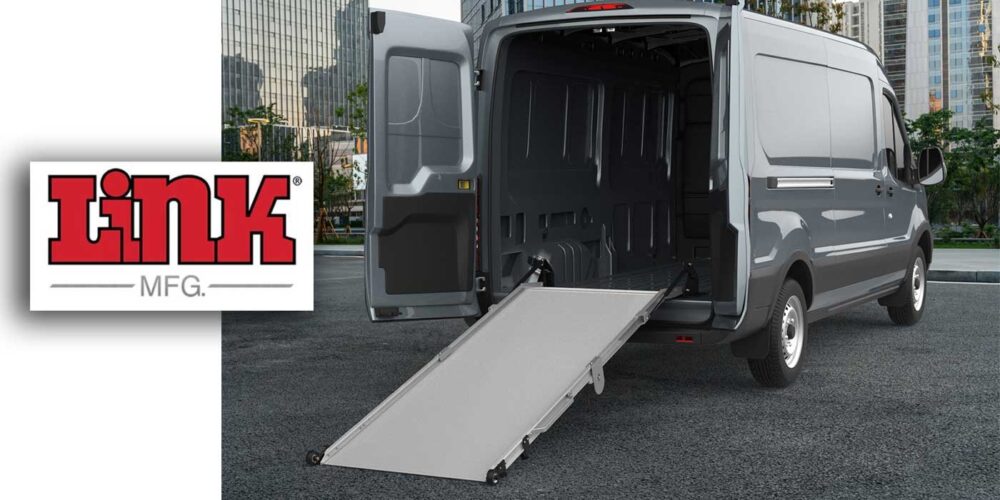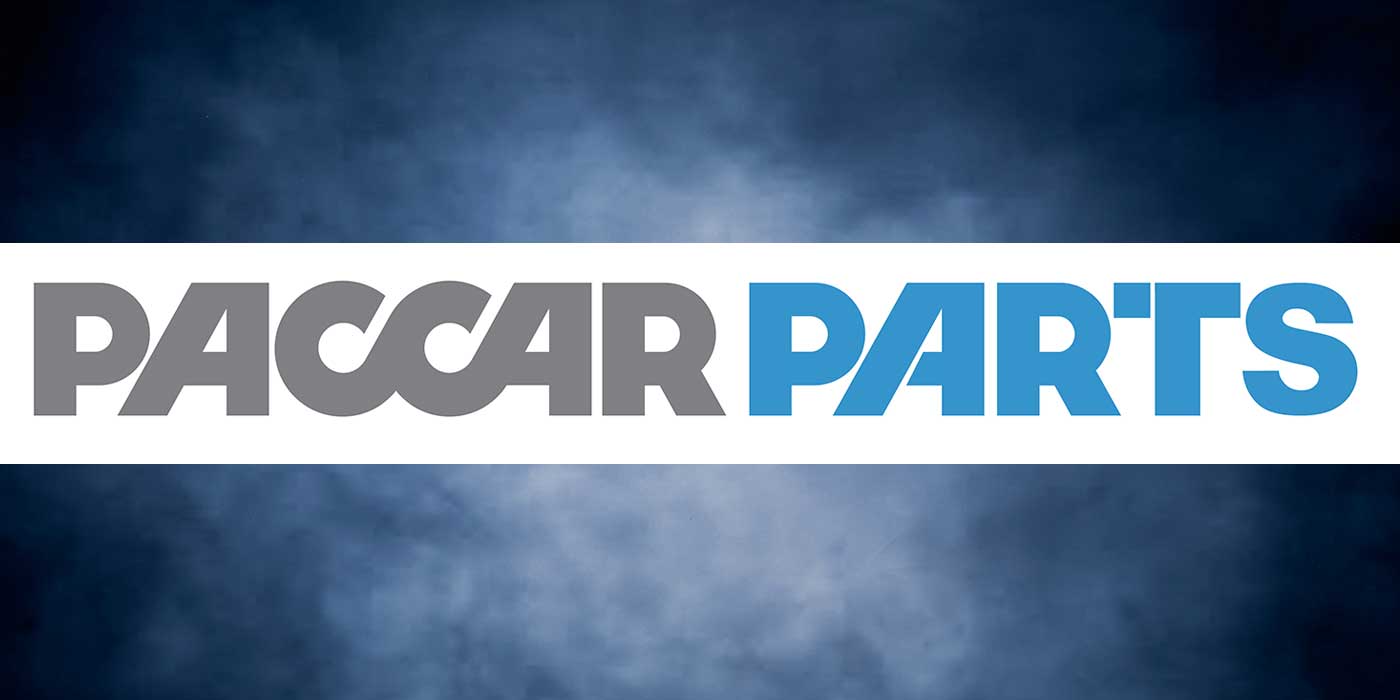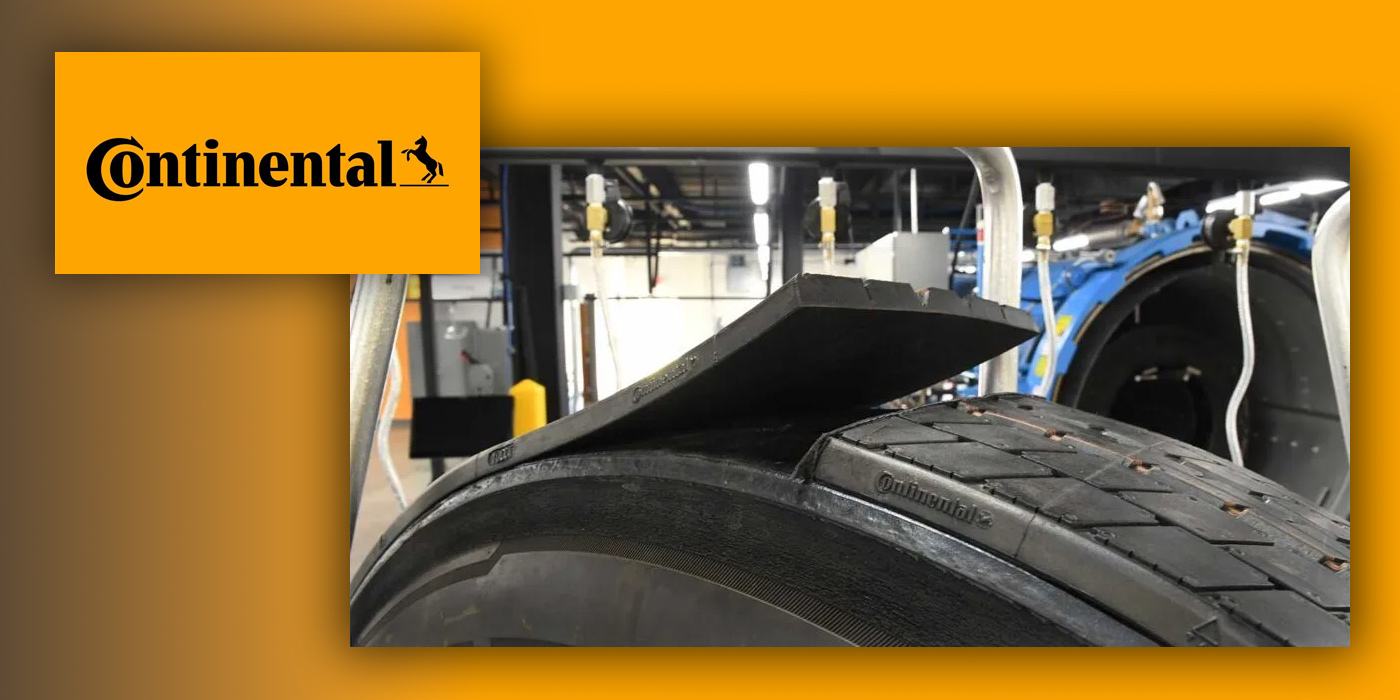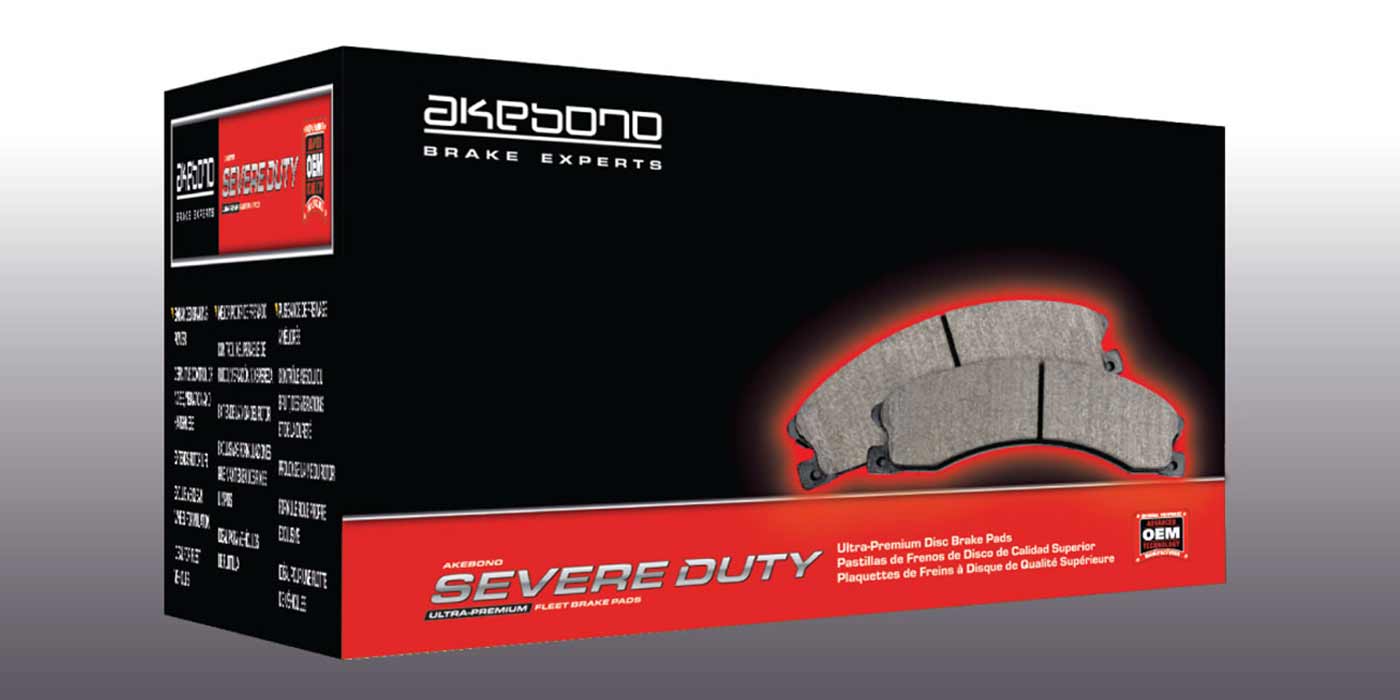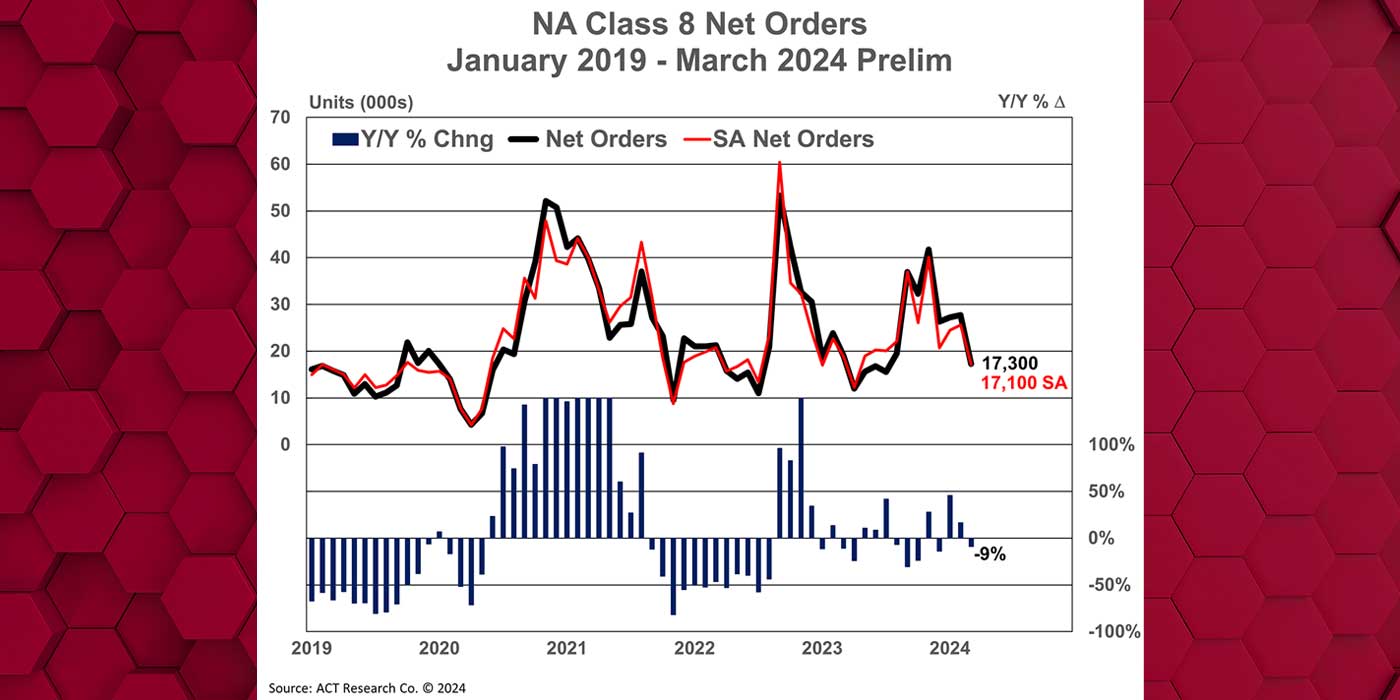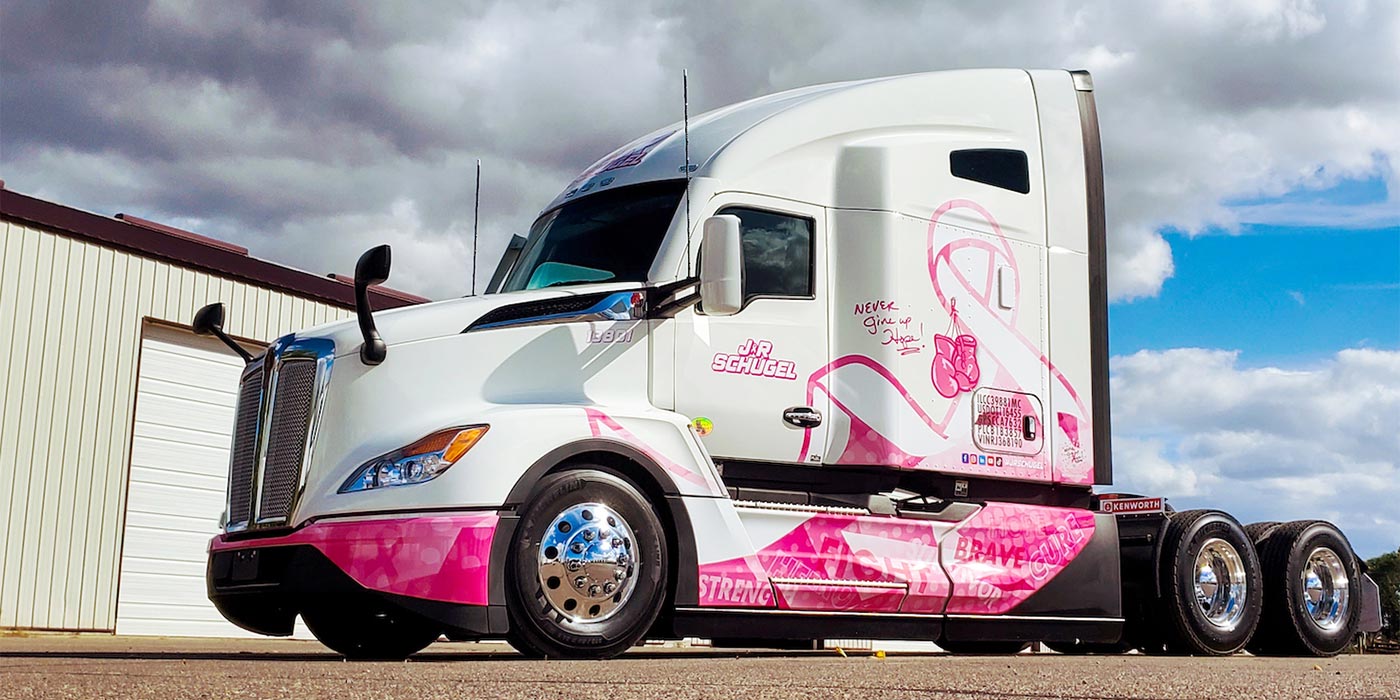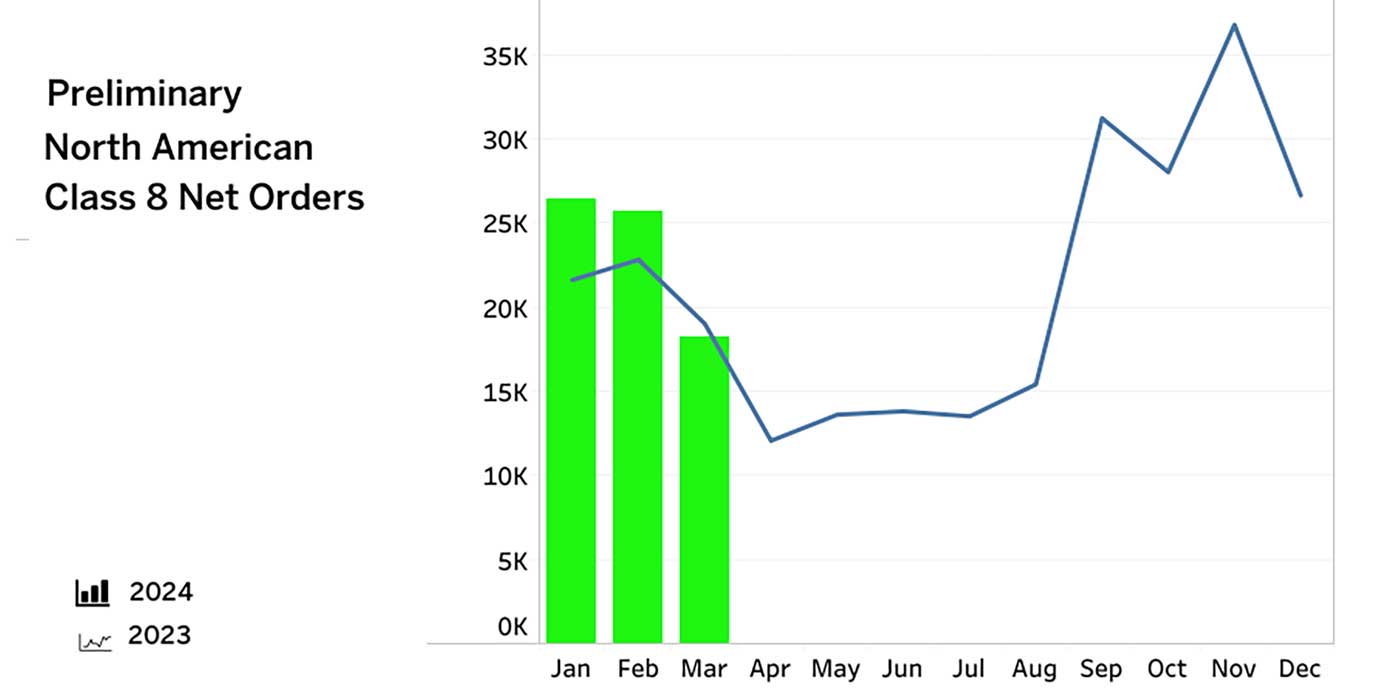
The thermal efficiency of any refrigerated truck body or trailer is a direct result of materials used and construction techniques. At Johnson Refrigerated Truck Bodies, for example, a sandwich construction process for the company’s Blizzard, Guardian, Majestic and Cadet models includes using seamless exterior fiberglass panels and seamless interior liners called ArcticTherm, steel tubes and U-shaped hats mounted against the interior panel, non-heat conducting thermal breaks and void free foamed-in-place under pressure insulation.
Thermal breaks are important, Johnson notes. Aluminum and steel transfer heat readily, especially if there is metal-to-metal contact from the outside through to the inside of the body.
With a polyester, non-heat conducting thermal break placed every 2 ft. against the inside of the exterior sheet between a tubular steel frame member on the inside wall—and along the perimeter of the roof band—heat transfer is significantly reduced.
Utility Trailer Manufacturing Co., which offers its 3000R and 3000R Multi-Temp refrigerated trailer models, points to its foam-in-place insulation process that helps ensure the entire trailer is fully insulated without any foam voids. A “mandrel” process, the manufacturer explains, provides 360-degree, 100% void-free, continuous foam that flows around corners.
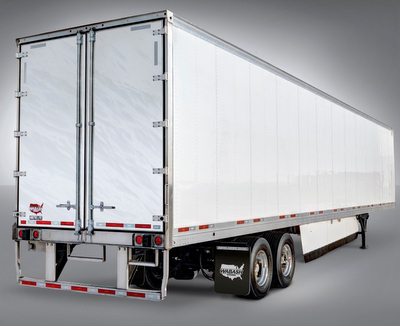 Other insulating features of Utility trailers, the company notes, include its .065-in. Versitex VR2 lining that serves as a vapor barrier, helping keep foam insulation dry, which is a key component in maintaining thermal efficiency. In addition, the bonded foam sandwich design of the 3000R’s Barrier rear doors reduces heat loss. The doors also have external sections to mount all hardware without needing through holes into the internal foam cavity, reducing moisture entry into the foam and optimizing thermal performance.
Other insulating features of Utility trailers, the company notes, include its .065-in. Versitex VR2 lining that serves as a vapor barrier, helping keep foam insulation dry, which is a key component in maintaining thermal efficiency. In addition, the bonded foam sandwich design of the 3000R’s Barrier rear doors reduces heat loss. The doors also have external sections to mount all hardware without needing through holes into the internal foam cavity, reducing moisture entry into the foam and optimizing thermal performance.
Wabash National cites the thermal efficiency of its ArcticLite refrigerated vans for truckload operations, available in multiple temperature configurations and with numerous insulation packages. Every aspect of the ArcticLite design, the company states, helps maximize thermal efficiency, from thermal breaks that prevent heat transfer to a computer-controlled foaming process that ensures void-free sidewall insulation.
Three Everest refrigerated trailer models are offered by Great Dane, including the TL, SS and CL versions. On all models, a modular panel foaming process produces a more thermally consistent product, the company says. The manufacturing technology combines temperature, mix ratios, pressure and metering. The insulated panels are then assembled using modular construction. Thermoguard liner is an options. The specially designed solution, according to Great Dane, offsets degradation of the trailer’s insulation because of damage, moisture intrusion or air loss. Unchecked, the company says, this “out gassing” effect means the refrigeration unit has to work harder to make up for the loss of thermal efficiency, causing long run-times and higher fuel costs.
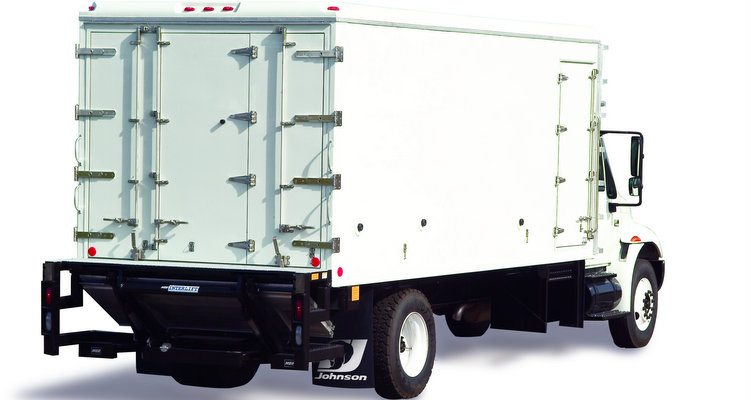
Reefer monitoring
Fuel savings are also one of the benefits of systems designed to help track and manage refrigerated trailers and refrigeration units.
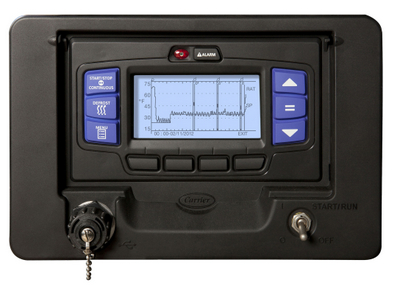 Advance and APX controls and software applications called Reefer Apps on Carrier Transicold units include IntelliSet, which lets a fleet or driver choose commodity settings from a scrolling list, and pre-program settings to configure the best balance of cooling and fuel economy for specific commodities or customers.
Advance and APX controls and software applications called Reefer Apps on Carrier Transicold units include IntelliSet, which lets a fleet or driver choose commodity settings from a scrolling list, and pre-program settings to configure the best balance of cooling and fuel economy for specific commodities or customers.
Software applications from Carrier for trailer refrigeration units also include ProductShield, a solution that monitors ambient conditions outside the trailer to manage temperature and air flow inside. The result, the company says, is product protection and optimized fuel efficiency. Further reducing fuel consumption and unit run time is Range Protect, a mode that enables using upper and lower set points to control when the unit runs.
With the Carrier Transicold suite of Reefer Apps, fleets can also use:
• DataTrak, an added controller capability that provides information for one-way or two-way monitoring and control via telematic systems;
• FuelCheck, which alerts drivers when low-fuel situations could lead to a system shutdown and aids in fuel consumption tracking;
• Door Man, a monitor for door switches that responds by running the unit on low speed when doors are opened, or completely shuts off when doors are opened within a pre-configured ambient temperature range; and
• Virtual Tech, which provides continuous monitoring and diagnostics of the refrigeration unit.
The Thermo King TracKing web-based system allows refrigerated fleets to monitor temperature sensitive cargo to ensure it is at the right temperature throughout the delivery process. TracKing also integrates with existing logistics and dispatch systems, offering refrigeration and asset information to manage fleets using one system.
With mapping, geo-fencing, alarm detection and notification features, TracKing can detect unauthorized trailer movement, door openings and fuel use. Additionally, routine service tasks that have traditionally been performed manually by a technician or driver can be done remotely with TracKing, such as:
• checking transport refrigeration unit fuel levels;
• changing temperature settings;
• locking trailer doors;
• managing and controlling refrigeration unit operating parameters;
• pre-cooling the trailer; and
• checking battery voltage levels.
Blue Tree Systems offers its R:COM system for temperature management to fleets, providing live updates of refrigeration unit settings, operating mode, equipment alarm codes, fuel level and cargo temperatures. R:COM reports temperature out of range conditions and refrigeration unit shut down alarms immediately.
The system also records temperature location data, refrigeration unit settings and operating mode, door events, arrival and departure times for Thermo King and Carrier refrigeration unit controllers and data loggers on demand.
Leveraging reefer unit data in real time, suppliers say, provides fleets with immediately actionable information that can improve performance and lower costs.

